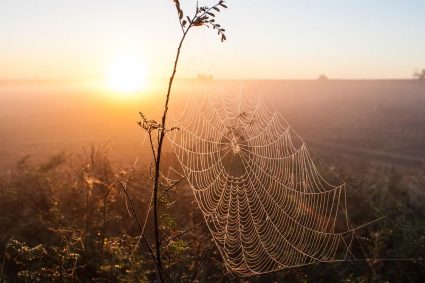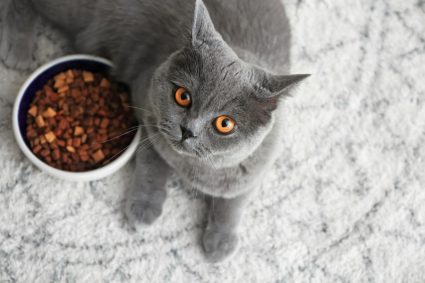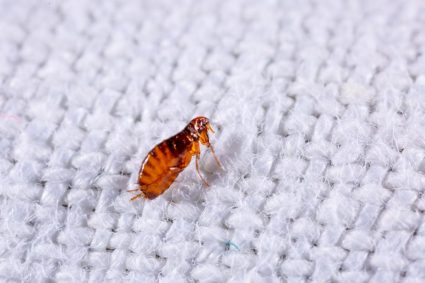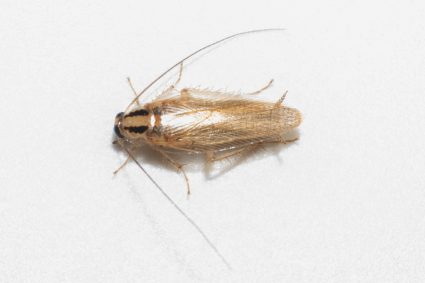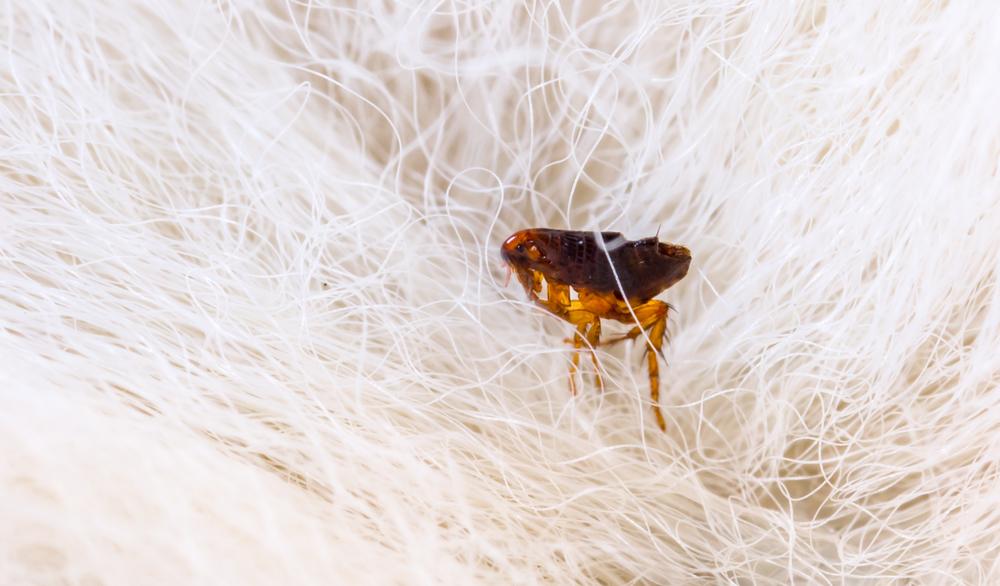
Fleas are tiny, wingless insects that are a common nuisance for pets and their owners. Their bites can lead to a range of health issues, from mild irritation to severe allergic reactions and diseases. This article provides an in-depth look at what fleas look like, their life cycle, and the signs of a flea infestation.
Fleas are tiny, wingless insects usually brown, reddish-brown, or black in color. They are typically between 1.5mm and 4mm in length, with a body that is flattened sideways, a hard, shiny exoskeleton, and six long legs, the hind pair being longer and stronger. Fleas are visible to the naked eye, but their small size, fast movements, and dark coloration can make them hard to spot.
Physical Characteristics of Fleas
Adult fleas are typically between 1.5mm and 4mm in length, with females being larger than males. Their bodies are flattened sideways, which allows them to move easily through their host’s fur. They are usually brown, reddish-brown, or black in color and have a hard, shiny exoskeleton covered with backward-pointing hairs.
Fleas have six long legs, with the hind pair being longer and stronger, enabling them to jump large distances. Their mouthparts are designed for piercing skin and sucking blood. While they are visible to the naked eye, spotting them can be challenging due to their small size, fast movements, and dark coloration.
Flea Life Cycle
The life cycle of a flea consists of four stages: egg, larva, pupa, and adult. Flea eggs are tiny, about 0.5 millimeters long, and resemble grains of salt. The larvae are worm-like, lack eyes and legs, and have a thin translucent exoskeleton. The pupa stage closely resembles the adult flea but is enclosed in a cocoon. Adult fleas emerge from the cocoon and begin searching for a host.
Signs of Flea Infestation
Identifying a flea infestation goes beyond seeing the actual fleas. Here are some common signs:
- Excessive scratching or biting: Pets infested with fleas will often scratch or bite at their skin due to the irritation caused by flea bites.
- Hair loss: Pets may lose hair, especially around areas where fleas are most active.
- Red skin or welts: Flea bites can cause red, irritated skin on your pet.
- Flea dirt: Flea feces, or ‘flea dirt’, can often be seen in the fur of your pet or in their bedding. It looks like small, black pepper-like specks.
Different Flea Species
There are more than 2,500 known species of fleas worldwide, with over 300 species in the United States alone. Some commonly encountered species include the cat flea, dog flea, human flea, and the rat flea. Each species has a slightly different appearance and preferred host, but they all share the common characteristics mentioned above.
Understanding what fleas look like and their life cycle can help in early detection and effective control of these pests. If you suspect a flea infestation, it’s recommended to consult a pest control professional or a veterinarian for appropriate treatment options.
Frequently Asked Questions
How do fleas reproduce?
Female fleas lay their eggs on their host after feeding. These eggs then fall off the host and into the environment, where they hatch into larvae. After a period of growth and development, the larvae spin cocoons and enter the pupa stage. The adult fleas emerge from the cocoon when they detect a potential host nearby.
Can fleas live on humans?
While fleas can bite humans, they prefer to live and feed on animals with fur or feathers. However, certain species like the human flea can live on humans.
How long can fleas live without a host?
Adult fleas can survive for a few days to a week without a host. However, if they are able to find a host, they can live for several months.
Can fleas infest a house?
Yes, fleas can infest a house. The eggs, larvae, and pupae of fleas can be found in carpets, bedding, and other soft furnishings. They can also hide in cracks and crevices around the home.
How can I prevent a flea infestation?
Regularly clean and vacuum your home, especially areas where your pets spend a lot of time. Use flea treatments on your pets as recommended by your vet. Keep your yard clean and trimmed to reduce the likelihood of flea infestations from wildlife.


